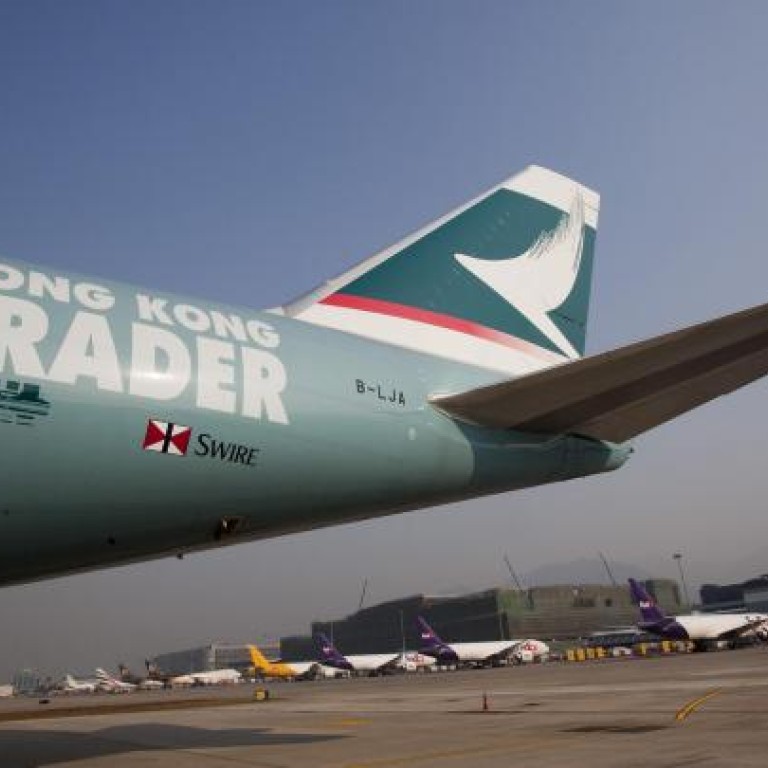
Cathay Pacific forecast to see earnings dive
The airline, hit by high fuel costs, weak demand and uncertain economic conditions, is expected to report 90 per cent fall in profit for last year
The good news is that Cathay Pacific Airways remained in the black last year. The bad news is that net profit is likely to have fallen almost 90 per cent to about HK$570 million when the airline group reports its annual results on Wednesday.
While Cathay battled high fuel costs, weak passenger and cargo demand and uncertain economic conditions last year, the outlook for this year looks equally challenging.
Chief executive John Slosar warned in November the airline had experienced a "difficult" year. These headwinds continued in December. While Cathay and Dragonair reported a combined 2.5 per cent rise in total passenger numbers, passenger revenue per kilometre dropped 3.1 per cent.
Cargo, which in good times contributed almost 40 per cent of revenue, has been badly affected by the economic woes in Europe and North America, as well as increased competition from ocean freight. Total cargo volumes fell 5.3 per cent last year.
Nick Rhodes, a director of Cathay Pacific Cargo, said there were year-on-year increases in airfreight volumes in September and October. But the rebound spluttered, and loads softened in December.
Slosar, outlining the challenges facing the airline last year, said fuel costs were about 6 per cent higher than budget and accounted for 41.6 per cent of operating costs in the first half. Other costs, including airport, catering and landing charges, also rose.
Conversely, yields - the amount of money the airline makes from each ticket - have been under pressure in premium and economy classes. Slosar said the airline's top corporate customers in the financial industry had cut the amount of travelling they did by 15 per cent since 2010.
"As a result, load factors in the premium cabins are slightly below where they were in 2010 and 2011, and average fares are also lower," he said. In economy class, average ticket prices had fallen by about 4 per cent from 2011.
To help address the cost issue, Cathay has parked or scrapped older, fuel-guzzling, higher-maintenance Boeing 747-400s, partly in favour of operating more fuel-efficient Boeing 777-300ERs. The smaller 777s, which carry 297 to 340 passengers, against 359 to 379 on the 747s, are more than 20 per cent more fuel-efficient overall.
While Cathay and Dragonair had a combined 2.6 per cent increase in capacity for last year, there were marked declines in December from the same month in 2011 as smaller aircraft were used and services curtailed.
The routes affected were North America, with a 15.4 per cent drop in capacity in December from December 2011, South Africa, Europe and South Asia and the Middle East.
The capacity cuts continued in January, with only mainland China and Southeast Asia showing an increase in the number of seats.
Patrick Xu, an airline analyst at Barclays, said: "Not much room for cost reduction is left untapped, in our opinion. Looking forward, what can really turn Cathay around, in our view, is the passenger and cargo volumes, where we need to see strong growth to turn the yield, and hence margins, northward."
